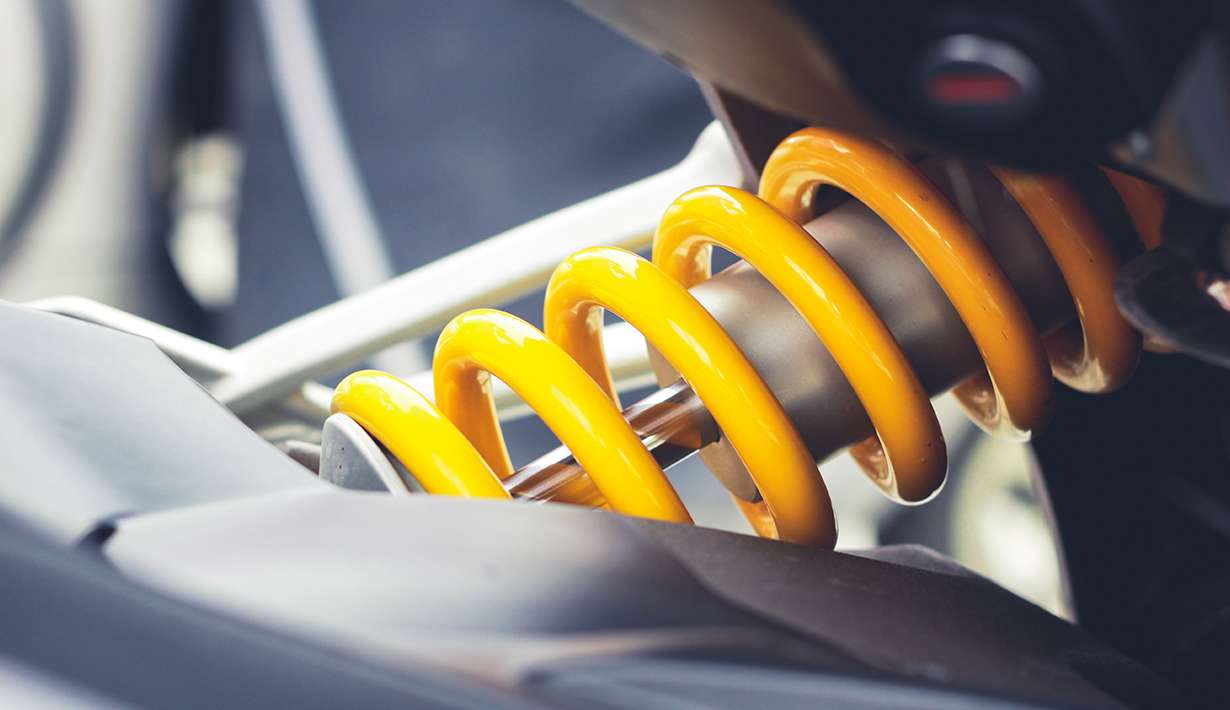What Is Car Suspension?
Your car’s suspension system is the unsung hero of your vehicle, ensuring comfort, safety, and control every time you hit the road. But what exactly is car suspension, and why is it so vital to your driving experience? Let’s explore its purpose, components, and how it works to make your rides smooth and safe.
Purpose of Car Suspension
At its core, a car’s suspension system is designed to:
- Absorb Road Impact: It cushions the vehicle from bumps, potholes, and uneven surfaces, providing a smooth ride.
- Ensure Tire Contact: The suspension keeps the tires in constant contact with the road, improving traction and control.
- Enhance Stability: By reducing body roll, pitch, and sway, it ensures the car remains stable even during sharp turns or sudden stops.
As Henry Ford once said, “Coming together is a beginning; keeping together is progress; working together is success.” Your car’s suspension is a perfect example of parts working together to ensure a seamless driving experience.
Key Components of a Suspension System
A car’s suspension system consists of several interconnected parts:
- Springs: Absorb the energy from road impacts and return the vehicle to its normal position.
- Shock Absorbers/Struts: Control the bouncing motion caused by the springs, ensuring stability and comfort.
- Control Arms: Allow the wheels to move up and down while keeping them aligned with the frame.
- Ball Joints: Act as pivot points, enabling smooth steering and suspension movement.
- Bushings: Reduce friction and cushion the movement of various suspension components.
Each part plays a crucial role, much like a symphony, where harmony ensures optimal performance.
Car suspension is the backbone of a safe and comfortable driving experience. – E&K Springs
How Suspension Works
When your car encounters a bump or uneven surface, the suspension system springs into action:
- Absorbing Energy: The springs compress to absorb the shock, while the shock absorbers control the motion to prevent excessive bouncing.
- Maintaining Stability: The control arms and ball joints ensure the wheels stay aligned and in contact with the road.
- Distributing Forces: The suspension evenly distributes the forces from the road across the car’s frame, ensuring balance and comfort.
As the saying goes, “It’s not about the destination, it’s about the journey.” A well-functioning suspension makes every journey enjoyable.
Why Is Suspension Important?
A properly functioning suspension system is crucial for:
- Safety: By maintaining tire contact and stability, it reduces the risk of accidents.
- Comfort: It minimizes vibrations and jolts, ensuring a pleasant ride.
- Performance: It enhances handling and control, especially at high speeds or on challenging terrains.
“Safety doesn’t happen by accident,” and your suspension is a key player in ensuring your safety on the road.
Common Types of Suspension Systems
-
- Independent Suspension:
- Each wheel moves independently, providing better comfort and handling.
- Commonly found in modern vehicles.
- Dependent Suspension:
- The wheels on the same axle are connected, making it durable but less comfortable.
- Often used in heavy-duty vehicles.
- Semi-Independent Suspension:
- A hybrid of the two, offering a balance between cost and performance.
- Independent Suspension:







Leave a comment
Your email address will not be published. Required fields are marked *